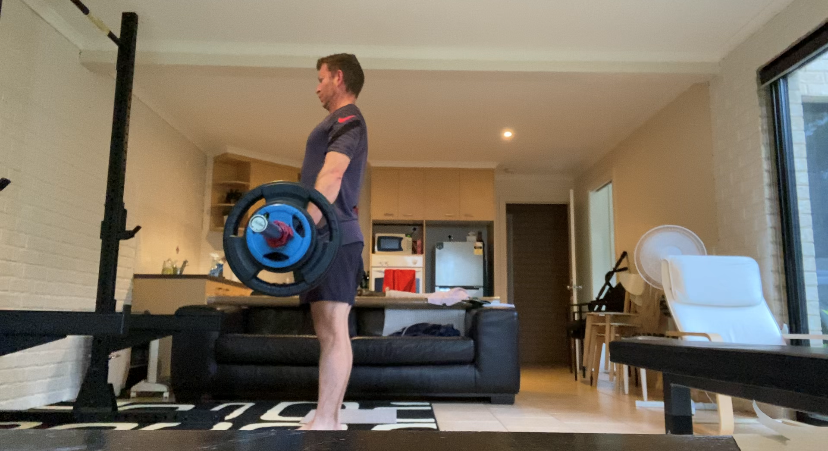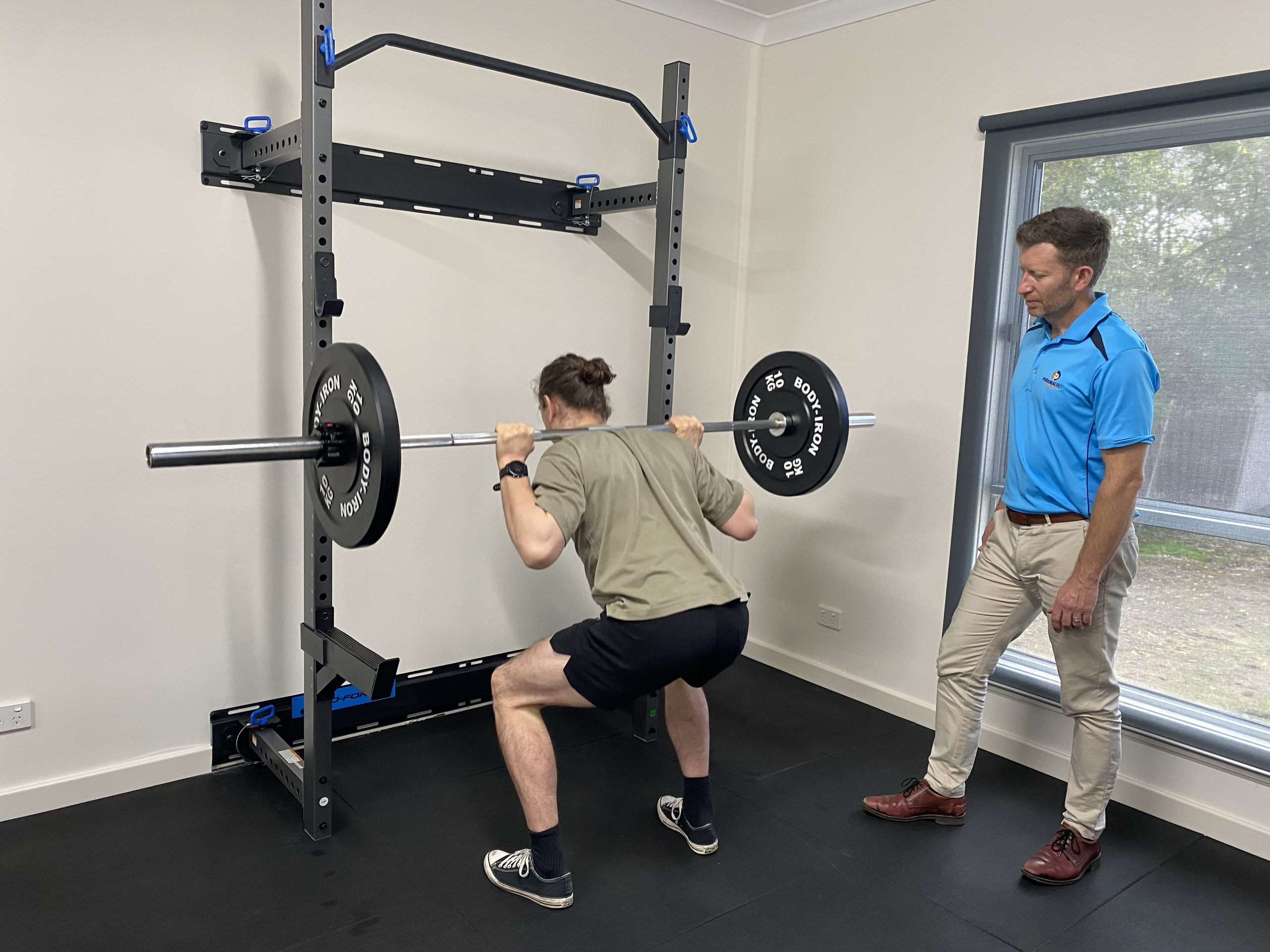
In June this year my 14 year old son wanted to start some gym strength training. To ensure that he didn’t hurt himself I suggested that we go together. We did, 3 days a week for six or seven weeks, before COVID restrictions shut our local gym for a while. Wanting to continue the momentum we had gained, and unsure of when gyms would re-open, I invested in some weights and a rack for home so we could both continue the program that we had going in the gym.
What have the results been, you ask? Apart from being bolstered by being able to lift more in my gym sessions (yes, the male ego is hard to suppress even at 45 years of age) what has changed is how well I recover from a day in the garden or a solid mountain bike ride with lots of rocky trails. The difference is noticeable and welcome.
How does this work? It’s not like I’m lifting really heavy things out in the garden and mountain biking is arguably very different to gym. How do we explain the difference I have found, which is echoed by many patients, colleagues and friends who start a strength training program?
I’ll do my best to explain this phenomenon using some real-life numbers to help. When I first practiced the movement of deadlifting (pulling a weighted bar off the floor) I could safely “pull”” 40kg off the floor with good form. Eight weeks later I could pull 87.5kg, safely, for a set of 5 reps.
Now, I have a lawnmower that I need to lift into the back of my car to transport to a second location that weighs around 30kg. Before strength training, this 30kg lawnmower required 75% of my maximal strength to safely lift into my car. Now, that same lawnmower represents only 34% of my maximal strength (30 kg divided by my best deadlift of 87.5kg). So that same task is now noticeably easier.
This is what strength training can do for you: When you complete strength training, with intensity, 2-3 days a week, it makes many tasks feel much easier, because they require much less of your maximal strength to complete. The World Health Organisation recommends that adults engage in resistance training 2 days a week. The loss of muscle tissue as we age is a big problem and one that I will talk about in a future blog. For now, I hope my story encourages you to consider taking up some form of strength or resistance training. If you are looking for help to do this, call Mary or Phoebe at our front desk and organise a time to talk to Tim – our physio, personal trainer and strength athlete at Personal Best Physiotherapy.





